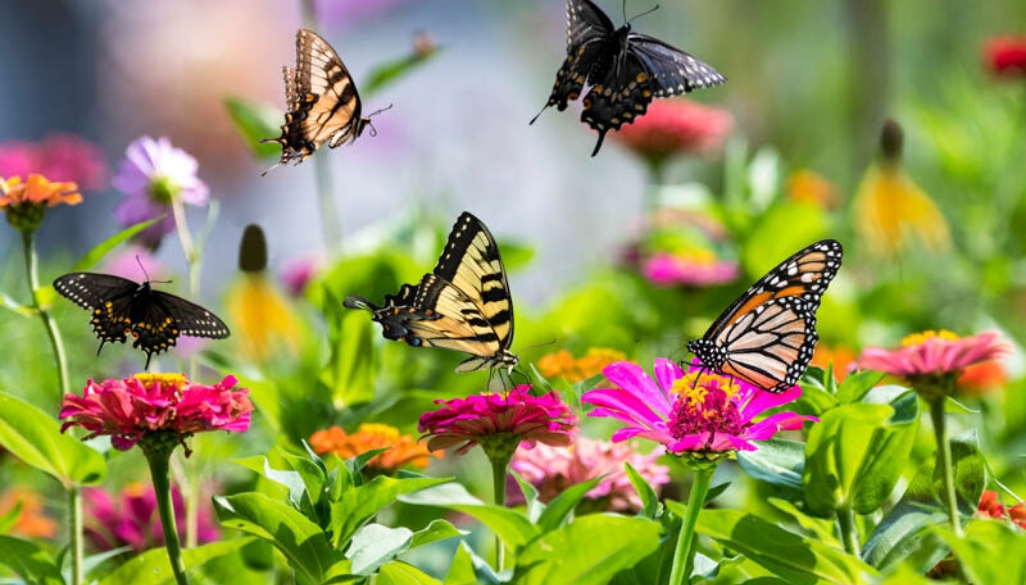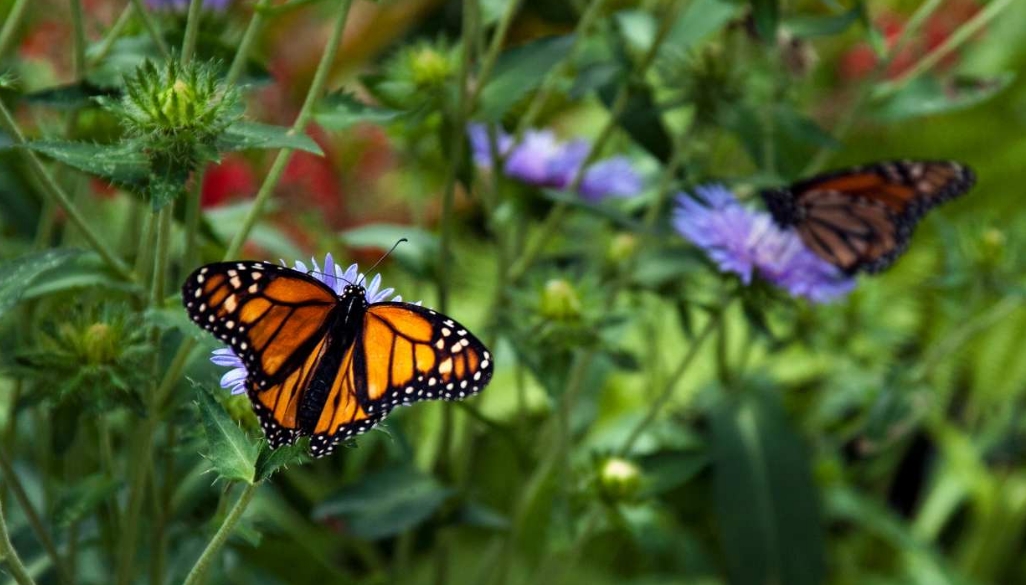Transform Your Garden into a Butterfly Paradise This Summer

Summer is the perfect time to invite a flutter of delight into your garden by transforming it into a butterfly paradise. Butterflies not only add vibrant colour and charm to your outdoor space, but they also play a vital role as pollinators supporting biodiversity. With many British butterfly species in decline due to habitat loss and climate change, creating a butterfly-friendly garden is both a beautiful and important way to help these enchanting insects thrive.
To start your butterfly haven, choose a sunny, sheltered spot in your garden. Butterflies need warmth to get going and will rarely visit flowers in the shade, so location is key for attracting these delicate visitors. Next, consider planting a variety of nectar-rich flowers that bloom throughout the summer months to provide continuous food sources. Some of the best summer nectar plants loved by British butterflies include Buddleia (the classic butterfly bush), Verbena bonariensis, lavender, perennial wallflower (Bowles Mauve), and marjoram (oregano). Other excellent choices are bluebells, marigolds, knapweed, butterfly bush, marjoram, and wildflowers like thistles and heather.
Butterflies are attracted to clusters of flowers rather than solitary plants, so grouping these nectar-rich blooms together will help them find your garden more easily. Consider mixing annuals for bursts of colour with perennials that provide lasting nectar supplies. Also, avoid the use of pesticides and herbicides, as these chemicals harm butterflies and caterpillars.
Supporting the full butterfly lifecycle will make your garden even more appealing. While adults feed on nectar, their caterpillars rely on specific host plants to survive. For example, nettles are essential for the caterpillars of Red Admirals and Small Tortoiseshells, while cabbages and nasturtiums support whites. Leaving a small ‘wild’ area with native plants and some fallen leaves or grass can offer safe spots for eggs and pupae.
Water is another important garden feature. Butterflies like to ‘puddle’ on moist soil or shallow water to drink and gather essential minerals. You can create a simple butterfly puddling station with a shallow tray filled with water and some sand or soil, placed in a sunny spot.

Providing flat stones or resting places in sunny areas allows butterflies to bask and warm up their wings before taking flight. And by arranging winding pathways bordered with low-growing nectar plants, you can enjoy close-up views of these mesmerising insects without disturbing them.
If garden space is limited, don’t worry: a small patio or balcony can still become a butterfly-friendly zone. Just grow nectar plants in pots and planters, focusing on an array of flowers that bloom through the summer.
To sum up, turning your garden into a butterfly paradise this summer involves:
• Choosing a sunny, sheltered spot for planting
• Growing a variety of nectar-rich summer flowers like Buddleia, lavender, and Verbena
• Providing host plants such as nettles and cabbages for caterpillars
• Creating puddling sites for water and minerals
• Offering basking areas with flat stones
• Avoiding pesticides and chemical sprays
• Designing with clustered planting to attract butterflies easily
Every garden, no matter its size, can contribute to conserving butterfly populations while giving you vibrant colours and delightful fluttering company. So, put on your gardening gloves, plant with purpose, and enjoy the magical transformation as your garden comes alive with the wings of summer. Cheers to a butterfly-filled, buzzing season in your very own outdoor paradise!
Check out our garden partners You Garden and JParkers offering amazing discounts on plants.
Login to your Benefits hub to access the deals
Features
